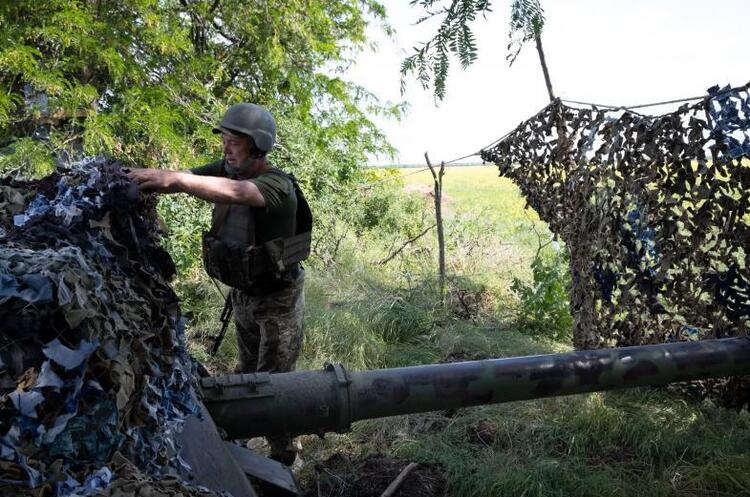New York Times: russia is advancing on some parts of the frontline in Ukraine with superior weapons and manpower
Before the assault, russians fire missiles and mortars at Ukrainian positions in an effort to destroy dugouts

The Ukrainian military would like to attack more actively, but for now they are forced to defend themselves in the northeast of the country.
The New York Times writes about this in an article about russian offensives.
Along a vast front line nearly 1,000 kilometers long that crosses eastern and southern Ukraine, the russian military has been mostly holding defensive positions, relying on its air superiority and millions of mines. So far, they have been able to prevent a major breakthrough by the Ukrainian military. However, in northeastern Ukraine, along the roughly 100-kilometer front line around Kupyansk, Svatove, and Kreminna, the russian military is trying to advance with drones, heavy artillery, and a series of ground assaults.
"Some days they are firing non-stop," one Ukrainian soldier told the NYT.
The intensity of the fighting in this area of Ukraine has waxed and waned for nearly a year, but the fighting has resulted in only minor shifts in frontline positions, the newspaper said.
According to Ukrainian military officials spoken to by the NYT, russia's tactics in the area resemble the fighting in Bakhmut, with the russians trying to make small gains by relying on large numbers of personnel and weapons.
Prior to the assault, the russian military shells Ukrainian positions with rockets and mortars, aiming to destroy dugouts and injure the surviving Ukrainians.
After that, assault teams of 10-12 people – not professional soldiers – launch the attack. Behind them are barrier units of Kadyrov servicemen, who do not allow the first lines to retreat. And only then do professional soldiers attack. Fortunately, according to the Ukrainian soldiers, the russians do not know the area well enough, and the attacks are more chaotic than coordinated.
In recent days, the russian military has claimed a small advance in the area from Kupyansk to Kreminna, and Kyiv has sent experienced units to reinforce its positions in the area. British military intelligence believes that the "renewed activity" in the northeast underscores the importance of the region to the kremlin, given that it comes at a time when russia is facing "significant pressure" in the south.
The russian military expects to reach the Oskol River, which flows through Kupyansk, about 50 miles northwest of Kreminna, to create a buffer zone around Luhansk Oblast. Similarly, about 100 miles to the south, they have repeatedly tried to advance toward Lyman, which Ukraine retook in October, in an effort to gain a strategic foothold for further advances in Donetsk Oblast.
On the other hand, if the Ukrainians are able to hold their ground and eventually advance toward Kreminna, they could cut a critical russian supply line and try to bypass Bakhmut from the rear, the newspaper writes.
The day before, the WSJ wrote that the slowed-down Ukrainian offensive poses risks for Biden and raises questions about the allies' resolve to support Kyiv.
If you have read this article to the end, we hope that means it was useful for you.
We work to ensure that our journalistic and analytical work is of high quality, and we strive to perform it as competently as possible. This also requires financial independence. Support us for only UAH 196 per month.
Become a Mind subscriber for just USD 5 per month and support the development of independent business journalism!
You can unsubscribe at any time in your LIQPAY account or by sending us an email: [email protected]



